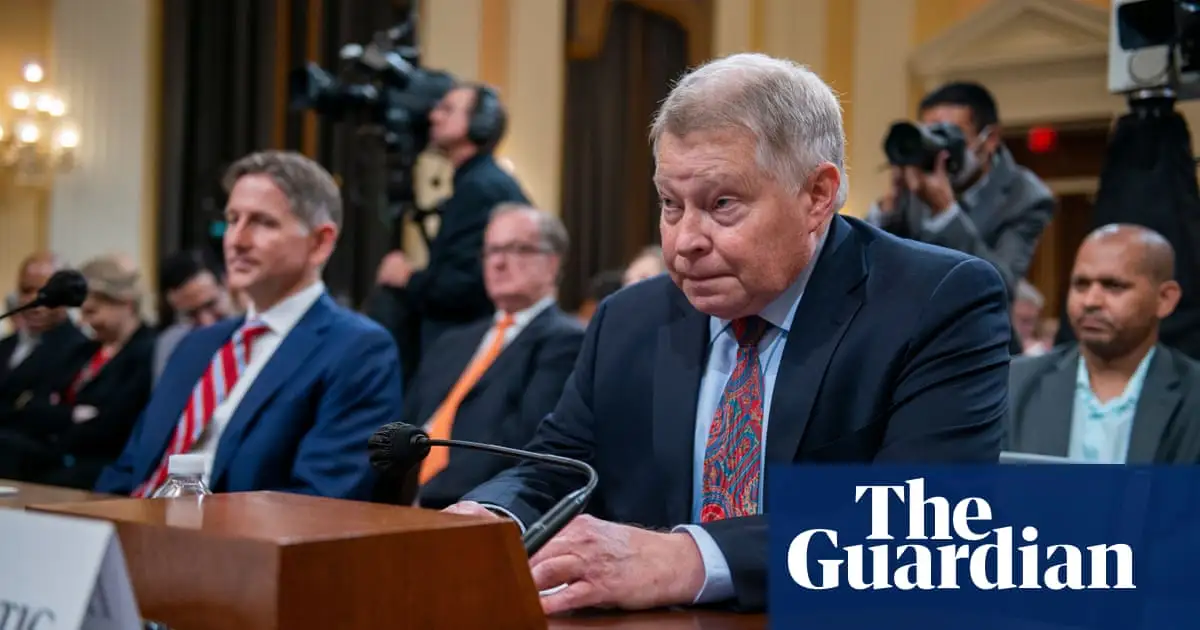In a lot of parliamentary systems still have very effective splitting into three branches. Thats because when you have an effective multi-party system, the government often consists of the "largest minority" coalition in the parliament. For example: After an election, the parliament consists of
- 10 % A
- 25 % B
- 25 % C
- 15 % D
- 20 % E
- 5 % F
They get together and discuss who will form a government. A, B, and F agree on enough topics to form a government together, but only have 40 % of the votes. Unless some other coalition, with a larger number of votes, forms, the government will consist of A, B, and F.
Now comes the fun part: A, B and F are at the mercy of the parliament. If they pull some stuff that makes parliament mad enough, C, D and E might put aside their differences, vote out the government and form a new government, so the government has to compromise with e.g. D, to get enough votes to stay in power. This can give small parties a large amount of swing power.
Also: Once A, B and F are in government together, they agree on a platform. That means that even though B is the largest party in government, they have to give in to some requirements from F. This effectively means that the government functions as its own body, enacting the agreed upon political platform of A, B and F.
Because they have pre-agreed-upon compromises, A, B, and F effectively enhance their power in parliament. Even if a representative from A disagrees with some policy the government is trying to pass, they will likely vote for it, because they know that at a later stage, B and F will vote for some policy that they propose. However, if the government goes too far, a party in parliament might decide to pull support, and leave the government they are a part of, effecting a change of government.
This system also incentivises wide compromises and stability. If, after some later election, the government consists of A, D and E, they are unlikely to undo a lot of the work by the previous government, because A will oppose that.

